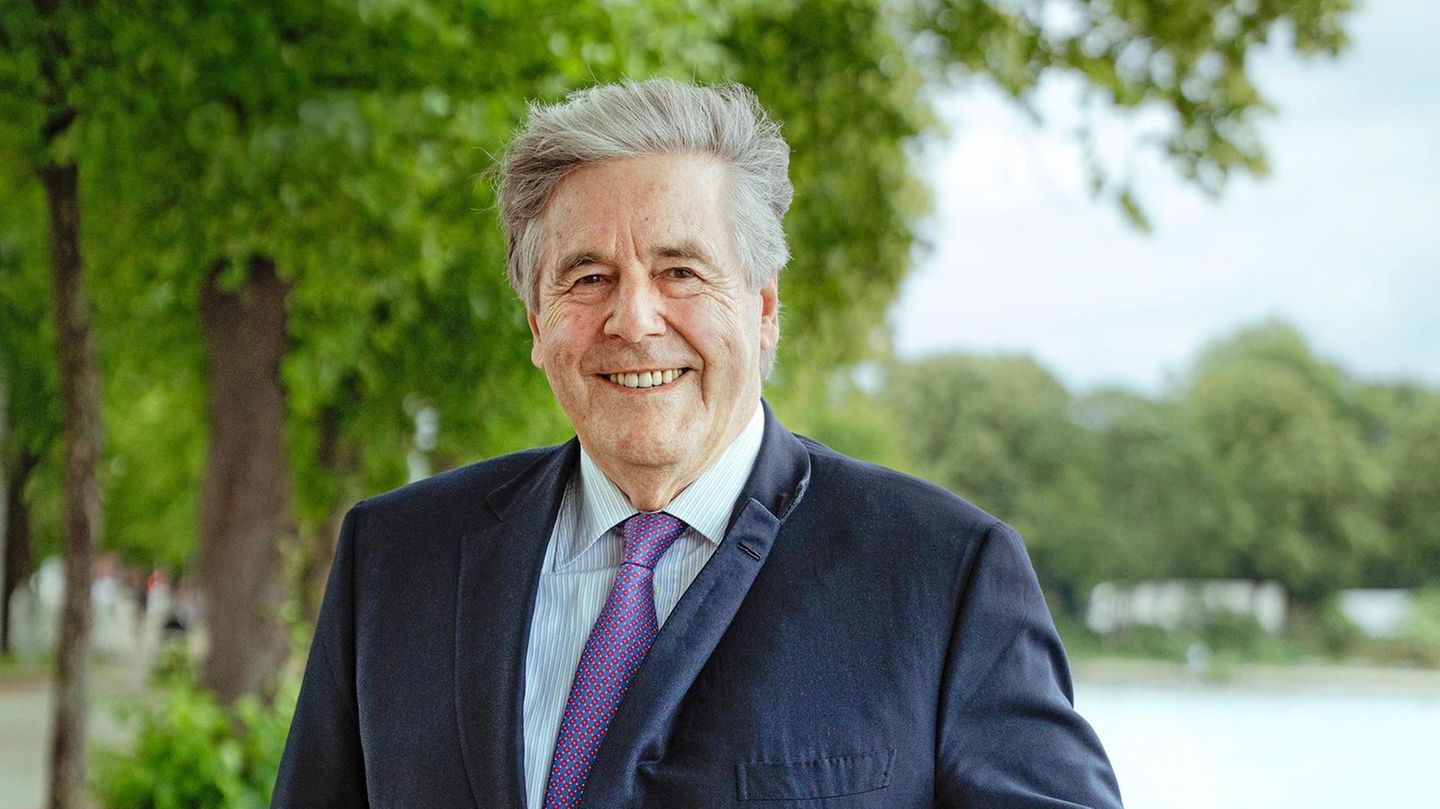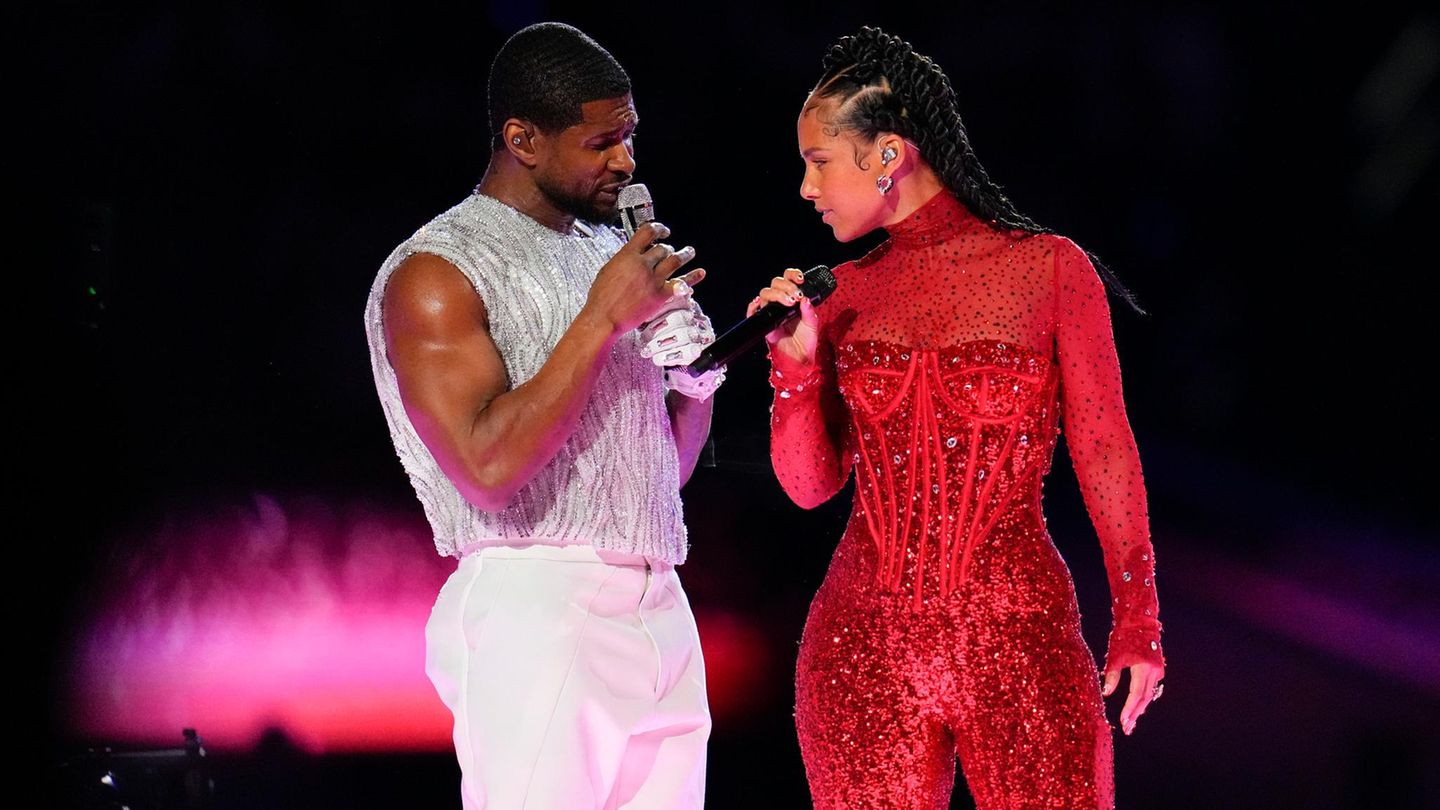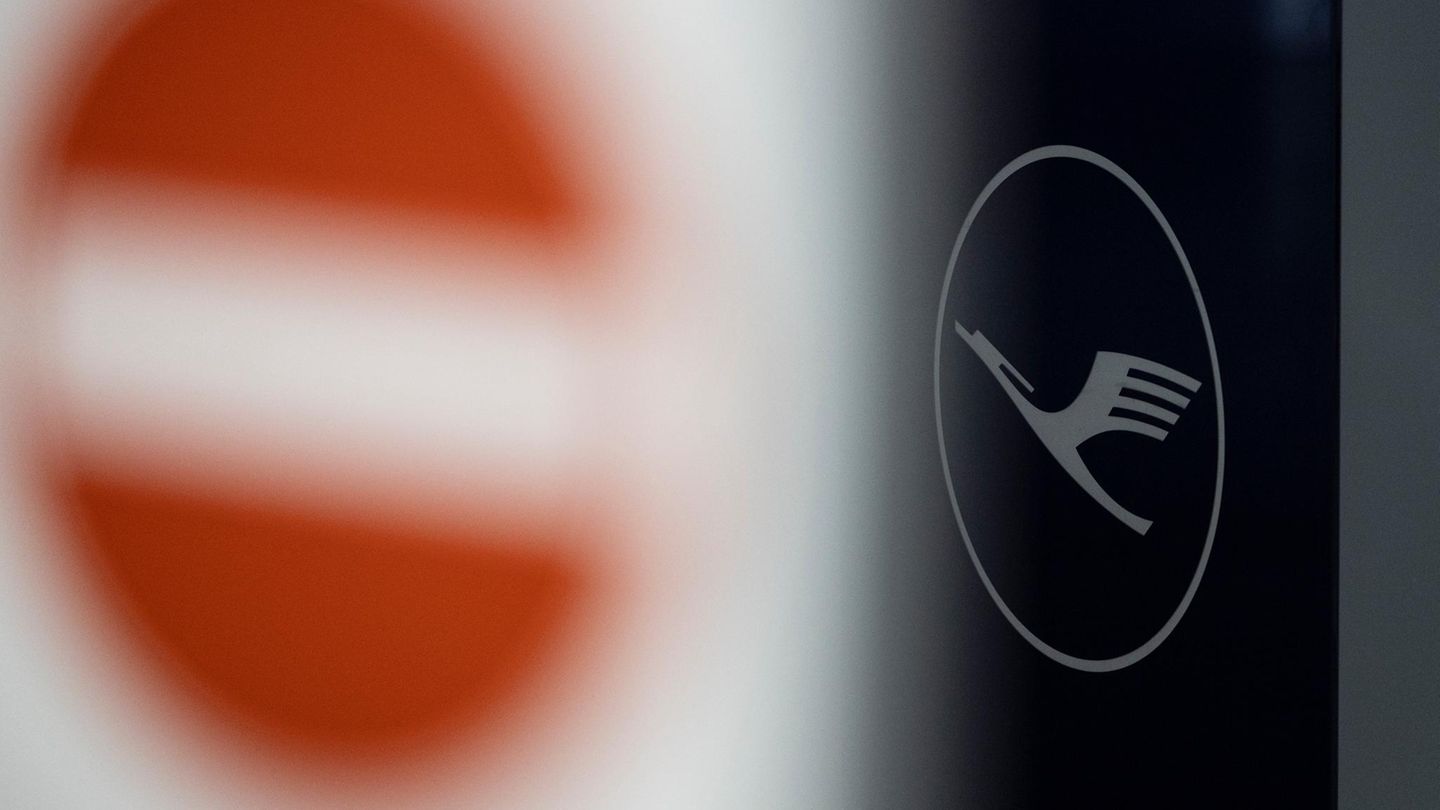After the elections are before the coalition negotiations. It is only slowly becoming apparent who will rule the country after 16 years of Angela Merkel and a black-red coalition. An overview of the options – and what the voters want.
After the election on Sunday, it remains to be seen who will provide the future government. According to the first projections, mathematically it would be enough for a new edition of the grand coalition. A three-way alliance is more likely, but the situation has become clearer: a few weeks ago there were up to five possible three-way variants, now there are only two or three. But it is still not clear who will form a coalition with whom in the end – and the negotiations could drag on. These are the options:
“Traffic light”: SPD, Greens and FDP
The SPD and the Greens are largely pulling together on many issues – such as the wealth tax or the easing of the debt brake. It would take some effort for the FDP to govern with the Greens and Social Democrats. Your boss, Christian Lindner, says the goal is to prevent a “left shift in politics” with higher taxes. But he does not rule out a traffic light coalition; But the FDP would charge a very high price for it, such as the post of Federal Minister of Finance.
But the SPD and the Greens do not agree on everything either. SPD chancellor candidate Olaf Scholz does not want to commit to an earlier coal exit than 2038. However, it is considered likely that Scholz is aiming for a traffic light alliance with the Greens and the FDP. There is currently an example of a functioning traffic light coalition at state level: in Rhineland-Palatinate.
“Jamaica”: Union, Greens and FDP
In this constellation, it would be the Greens who would have to overcome a lot, after all, there is a lot of overlap between the CDU / CSU and the FDP. You could try to slow down the Greens in their climate and social policy, for example. “Jamaica” is burdened with a heavy mortgage: In 2017, negotiations on such an alliance crashed because the FDP broke them at the last minute.
FDP leader Christian Lindner can hardly afford to pinch again, but the substantive differences with the Greens remain; especially because they also want to hold industry accountable when it comes to climate protection. However, there is an example of a functioning Jamaica alliance – in Schleswig-Holstein.
The Greens co-chairman Robert Habeck has shown himself to be open to both a traffic light alliance and a Jamaica coalition after the narrow selection of the federal election. An alliance with the SPD and the FDP “can succeed, but does not rule out Jamaica talks either”, said Habeck on Sunday evening on ARD.
While a two-party alliance with the Social Democrats would have “worked smoothly” from his point of view, a three-party alliance with the FDP as an additional partner would have been much more complicated. After all, a traffic light alliance is “not red-green with a little yellow putty”, emphasized the Green chief. Those involved would have to “rethink and re-understand” this constellation.
Habeck referred to his experience as a minister in a Jamaica coalition in Schleswig-Holstein. It is correct that the positions of the FDP on tax and social issues are “now really contrary” to the attitude of the Greens, but that there are also “common intersections that can be worked out”.
Big coalition
The only conceivable two-party alliance would be a new grand coalition, which neither the SPD nor the Union want. There are no insurmountable hurdles between the previous coalition partners. But the SPD in particular has little inclination to reissue the unpopular alliance with the Union. “In my estimation, everyone is of the opinion that this grand coalition, including the working style of this grand coalition, is not promising,” said Laschet after the vote on Sunday evening in the “Berlin Round” of ARD and ZDF. “We need a real new beginning here, which is not forced,” added the CDU politician, referring to the previous coalition formation. The new “GroKo” infusion is not completely excluded. It could happen if the Greens and the FDP get stuck in the negotiations and no alliance is formed with both parties.
Red-green-red
According to the first projections from the evening of the election, it was unlikely that there would be enough for a coalition of the SPD, the Greens and the left. And even if an arithmetical majority were to be achieved, it would be difficult – the decisive hurdle is foreign policy: the left is hostile to NATO and the armed forces. When it comes to social policy, health and pensions, but also tax policy, the three parties have a lot in common.
That is what the voters want
None of the possible coalitions based on projections on the outcome of the Bundestag election met with broad support from the electorate. According to the opinion research institute Infratest dimap for the ARD, a majority considers a new edition of the grand coalition of the Union and the SPD as well as a “traffic light” alliance of the SPD, the Greens and the FDP and a “Jamaica” coalition of the Union, the Greens and the FDP “not good”.
An alliance made up of the SPD and the Union met with the greatest approval, with 29 percent, but with 46 percent almost half of those questioned are against a new edition of the “GroKo”.
For the so-called traffic light, 23 percent of those surveyed, but 46 percent are against such a coalition. According to the figures, even fewer people are in favor of a Jamaica alliance made up of the Union, the Greens and the FDP. This government coalition is preferred by 20 percent of those surveyed – 49 percent are against it.
According to the polling institute, 43 percent of the Greens voters found a “traffic light” good, while 38 percent rejected it. Significantly fewer Greens voters, on the other hand, are in favor of a Jamaica coalition. These are only 20 percent of those questioned for “good” and 59 percent for “not good”.
The opposite picture emerges with the FDP supporters. Here 45 percent support an alliance of the Union, Greens and FDP, 31 percent reject this. 32 percent are in favor of a coalition of the SPD, the Greens and the FDP, while 42 percent oppose it.
David William is a talented author who has made a name for himself in the world of writing. He is a professional author who writes on a wide range of topics, from general interest to opinion news. David is currently working as a writer at 24 hours worlds where he brings his unique perspective and in-depth research to his articles, making them both informative and engaging.




